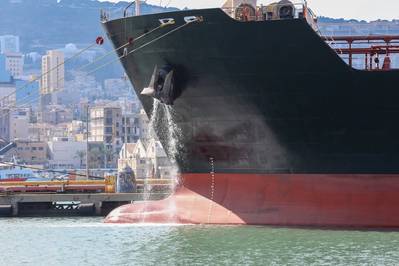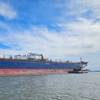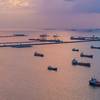Uptick in Ballast Water Treatment System Inspections Expected
With the final ballast water deadline fast approaching, UV-based water treatment specialist BIO-UV Group said it anticipates an increase in inspections as Port State Control (PSC) inspectors check machinery installations, crew competencies and Ballast Water Management (BWM) Plans.
From September this year, all vessels subject to the BWM Convention must have installed a D-2 compliant ballast water treatment system capable of dealing with the maximum number of viable organisms allowed to be discharged. This is less than 10 organisms of 50µm or more per 1m3 of water and less than 10 organisms of 10-50 µm per 1ml of water.
Yet while there is still a two-year grace period under the Experience Building Phase of Resolution MEPC.290(71), which precludes operators from being penalised for non-compliant ballast water discharge until 2026, ships can still be detained if inspectors find BWM systems poorly maintained, operated and documented.
“We are aware of increased Port State Control inspections in China, Australia, and the U.S.A. as they implement Focus Campaigns on ship machinery and electrical system. Although ballast water treatment systems are not being singled out specifically, the Focus Campaigns aim to prevent any mechanical or electrical systems failure onboard,” said Charlène Ceresola, BIO-UV Group’s BWT Project Manager.
“We expect the Paris and Tokyo MoUs to follow suit. If there are clear grounds that crews are incorrectly operating and maintaining the BWM system or if record keeping is lackadaisical ships could be penalized.”
An annual BWMS report is currently a mandatory U.S. requirement for vessels navigating U.S. waters. But elsewhere, as of now, an annual check is only an OEM recommendation supported by IMO Guidelines.
Maxime Dedeurwaerder, BIO-UV Group’s Maritime Division Director, said, “Ship operators really can’t afford for port authorities to suspect the crew doesn’t know how to correctly maintain, operate or calibrate the system.
“A ballast water treatment system is a closed-loop system so regular maintenance is the only way of knowing if a UV-based system’s lamps, reactors and filters are working as they should. It is essential to comply with these checks and maintenance procedures to ensure the continued compliance of the system. An annual system check is crucial.”











